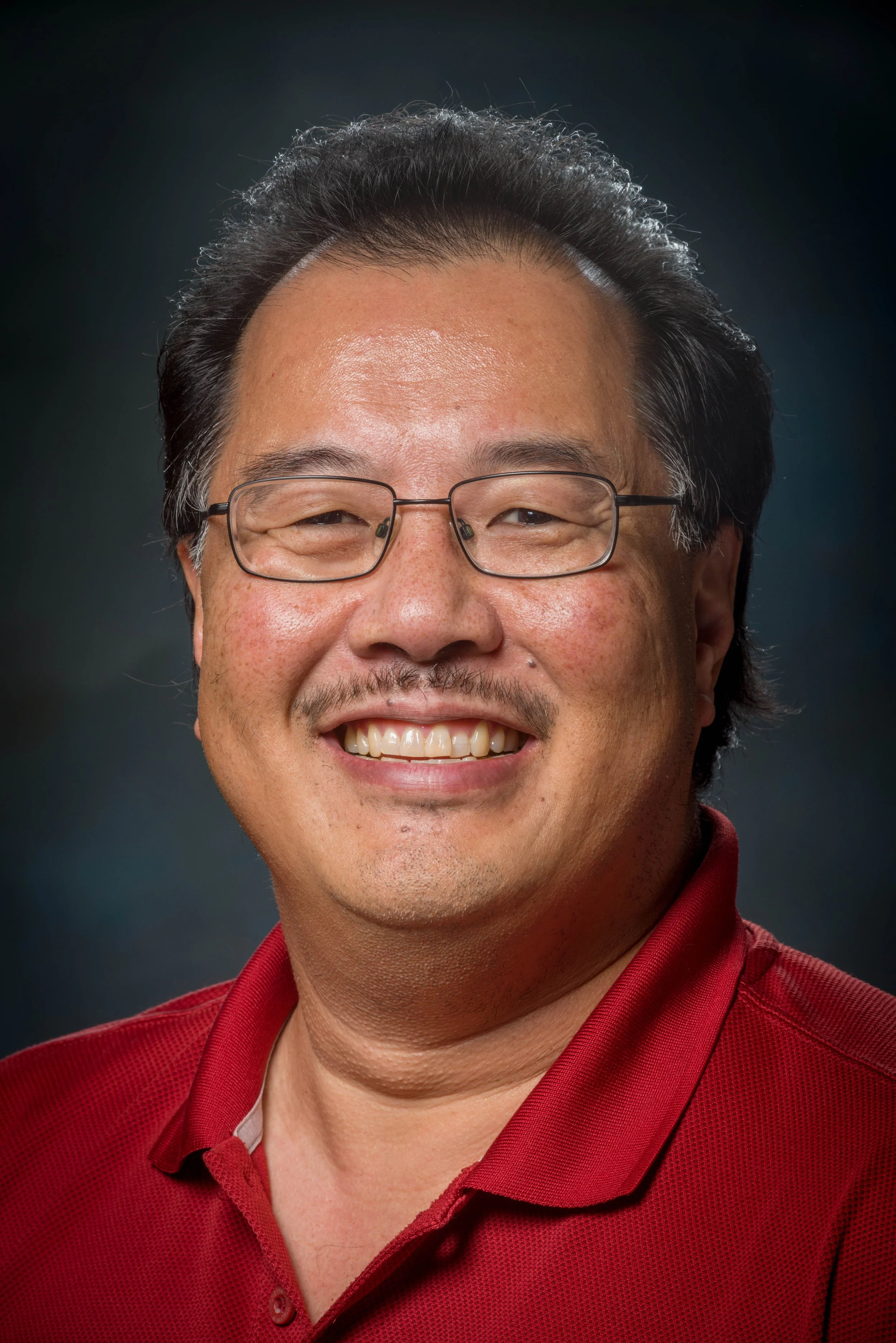Forefoot Strike Workshop
Dr. Jim Kao 4-23-2016
Research has found that runners and walkers who utilize a forefoot-striking pattern of motion significantly reduce lower extremity joint loading when compared to runners and walkers who utilize a heel-striking pattern of locomotion. Additional research has linked this reduction in joint loading to findings of reduced lower extremity pain and injury in runners and walkers. The focus of Dr. Kao’s research is on the continuing study of the benefits of forefoot locomotion and to expand these findings with research into methods of training that facilitate the conversion from a heel-striking pattern of locomotion to a forefoot-striking pattern of motion.
Dr. Kao will be presenting his research findings as well as the findings of researchers from around the world on the benefits of locomotion. He will illustrate the biomechanics theory that these research findings support. He will then discuss methods of training that can help facilitate the transition from a heel-striking pattern of motion to a forefoot-striking pattern of locomotion. This will include audience participation examining:
what is a forefoot-striking pattern of motion
what does it feel like
how can neuromuscular training be an important part of training programs that facilitate the acquisition of a forefoot-striking pattern of motion
what are the potential pain and injury mechanisms that arise during and after the transition - including patellofemoral pain syndrome, Achilles tendinitis, knee osteoarthritis, and plantar fasciitis.
Dr. Jim Kao is a specialist in Biomechanics and Motor Behavior. He received a Bachelor of Science degree in Civil Engineering from Stanford University, a Master of Science degree in Civil Engineering from Stanford University, a Master of Arts degree in Kinesiology from San Jose State University, and a Doctor of Philosophy in Exercise Science from Arizona State University. His areas of research include (1) the study of sensory mechanisms used by the human motor control system to select the preferred type of locomotion at varying speeds and (2) the study of kinematic and kinetic variables that distinguish different performance levels (novice, intermediate, expert, elite) of sport-related movements (e.g., golf, tennis, gymnastics, etc.).
Dr. Kao teaches undergraduate courses in biomechanics, motor development, motor control, and motor learning in the Department of Kinesiology and in the Department of Mechanical Engineering at San Jose State University. In 2005, he received the Gold Award for the College of Applied Sciences and Arts (CASA) at San Jose State University as the outstanding graduate of the last decade from the college. Dr. Kao is actively involved with implementing K-12 physical education standards in the State of California. He has conducted workshops for physical education teachers on methods of teaching biomechanics concepts to children and adolescents in the California Public School System. Dr. Kao enjoys playing golf, running, and cycling. In June 2005, he completed his first marathon, the Nisene-Marks marathon in Santa Cruz, California.
